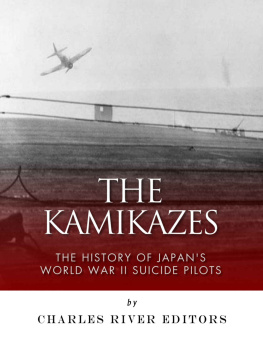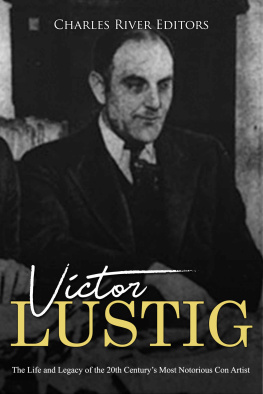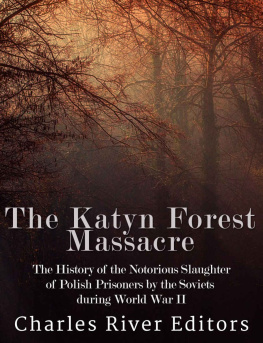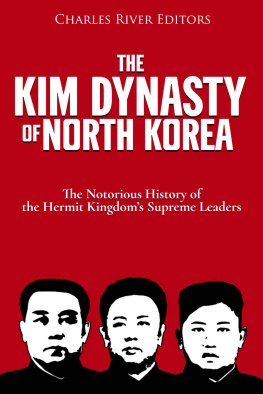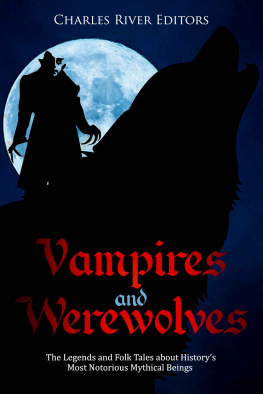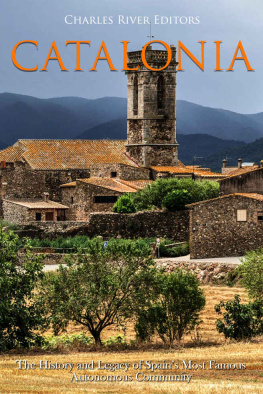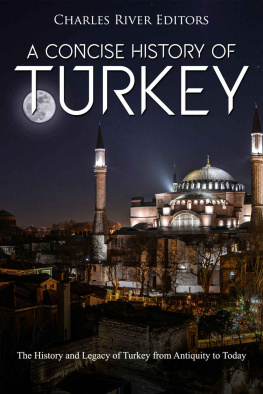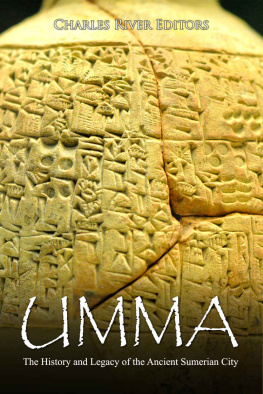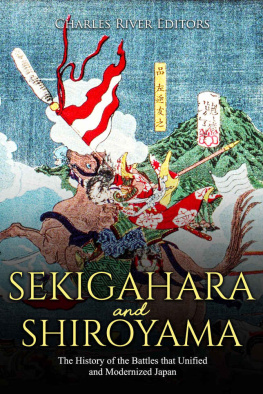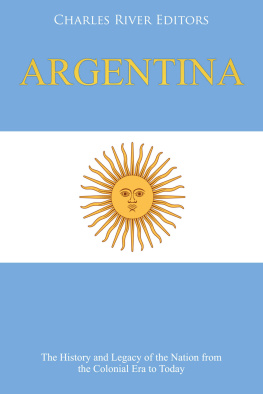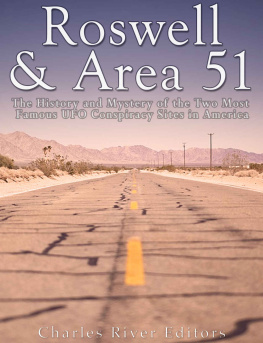Charles River Editors - The My Lai Massacre: The History of the Vietnam War’s Most Notorious Atrocity
Here you can read online Charles River Editors - The My Lai Massacre: The History of the Vietnam War’s Most Notorious Atrocity full text of the book (entire story) in english for free. Download pdf and epub, get meaning, cover and reviews about this ebook. year: 2015, publisher: CreateSpace Independent Publishing Platform, genre: Detective and thriller. Description of the work, (preface) as well as reviews are available. Best literature library LitArk.com created for fans of good reading and offers a wide selection of genres:
Romance novel
Science fiction
Adventure
Detective
Science
History
Home and family
Prose
Art
Politics
Computer
Non-fiction
Religion
Business
Children
Humor
Choose a favorite category and find really read worthwhile books. Enjoy immersion in the world of imagination, feel the emotions of the characters or learn something new for yourself, make an fascinating discovery.
- Book:The My Lai Massacre: The History of the Vietnam War’s Most Notorious Atrocity
- Author:
- Publisher:CreateSpace Independent Publishing Platform
- Genre:
- Year:2015
- Rating:3 / 5
- Favourites:Add to favourites
- Your mark:
- 60
- 1
- 2
- 3
- 4
- 5
The My Lai Massacre: The History of the Vietnam War’s Most Notorious Atrocity: summary, description and annotation
We offer to read an annotation, description, summary or preface (depends on what the author of the book "The My Lai Massacre: The History of the Vietnam War’s Most Notorious Atrocity" wrote himself). If you haven't found the necessary information about the book — write in the comments, we will try to find it.
The My Lai Massacre: The History of the Vietnam War’s Most Notorious Atrocity — read online for free the complete book (whole text) full work
Below is the text of the book, divided by pages. System saving the place of the last page read, allows you to conveniently read the book "The My Lai Massacre: The History of the Vietnam War’s Most Notorious Atrocity" online for free, without having to search again every time where you left off. Put a bookmark, and you can go to the page where you finished reading at any time.
Font size:
Interval:
Bookmark:
By Charles River Editors

Picture of an American soldier setting fire to a dwelling during the massacre

Charles River Editors provides superior editing and original writing services across the digital publishing industry, with the expertise to create digital content for publishers across a vast range of subject matter. In addition to providing original digital content for third party publishers, we also republish civilizations greatest literary works, bringing them to new generations of readers via ebooks.
Sign up here to receive updates about free books as we publish them , and visit Our Kindle Author Page to browse todays free promotions and our most recently published Kindle titles.

Victims of the massacre
My Lai
I walked up and saw these guys doing strange things...Setting fire to the hootches and huts and waiting for people to come out and then shooting them...going into the hootches and shooting them up...gathering people in groups and shooting them... As I walked in you could see piles of people all through the village all over. They were gathered up into large groups. I saw them shoot an M79 [grenade launcher] into a group of people who were still alive. But it was mostly done with a machine gun. They were shooting women and children just like anybody else. We met no resistance and I only saw three captured weapons. We had no casualties. It was just like any other Vietnamese village-old papa-sans, women and kids. As a matter of fact, I don't remember seeing one military-age male in the entire place, dead or alive. - PFC Michael Bernhardt
The Vietnam War could have been called a comedy of errors if the consequences werent so deadly and tragic. In 1951, while war was raging in Korea, the United States began signing defense pacts with nations in the Pacific, intending to create alliances that would contain the spread of Communism. As the Korean War was winding down, America joined the Southeast Asia Treaty Organization, pledging to defend several nations in the region from Communist aggression. One of those nations was South Vietnam.
Before the Vietnam War, most Americans would have been hard pressed to locate Vietnam on a map. South Vietnamese President Diems regime was extremely unpopular, and war broke out between Communist North Vietnam and South Vietnam around the end of the 1950s. Kennedys administration tried to prop up the South Vietnamese with training and assistance, but the South Vietnamese military was feeble. A month before his death, Kennedy signed a presidential directive withdrawing 1,000 American personnel, and shortly after Kennedys assassination, new President Lyndon B. Johnson reversed course, instead opting to expand American assistance to South Vietnam.
The Tet Offensive made President Johnson non-credible and historically unpopular, and he did not run for reelection in 1968. By then, Vietnam had already fueled the hippie counterculture, and anti-war protests spread across the country. On campuses and in the streets, some protesters spread peace and love, but others rioted. In August 1968, riots broke out in the streets of Chicago, as the National Guard and police took on 10,000 anti-war rioters during the Democratic National Convention.
The Vietnam War remains one of the most controversial events in American history, and it bitterly divided the nation in 1968, but it could have been far worse. Thats because, unbeknownst to most Americans that year, American forces had carried out the most notorious mass killing of the war that March. On March 16, perhaps as many as 500 Vietnamese villagers in the Son My village complex - men, women, and children - were killed by American soldiers in Task Force Barker. The worst of the violence, carried out by members of Charlie Company, 1 st Battalion, 11 th Infantry, occurred in a small village known locally as Xom Lang. On American maps, the location was marked as My Lai (4), and when news of the killings leaked into the American press over a year and a half later in November 1969, it was under that name that the incident became infamous as the My Lai Massacre.
The My Lai Massacre was possibly the single worst atrocity committed by American forces during the long and sometimes brutal Vietnam War, and it has been called "the most shocking episode of the Vietnam War." It became a touchstone not only for the controversial conflict but for the manner in which the American government had covered up the truth, which many felt was emblematic of the governments behavior throughout much of the war itself. Moreover, it damaged the nations credibility, as well as the militarys; as Reinhold Neibuhr put it, I think there is a good deal of evidence that we thought all along that we were a redeemer nation. There was a lot of illusion in our national history. Now it is about to be shattered.
By the end of the decade, Vietnam had left tens of thousands of Americans dead, spawned a counterculture with millions of protesters, and destroyed a presidency, and more was still yet to come. As David H. Hackworth put it, "Vietnam was an atrocity from the get-go... There were hundreds of My Lais. You got your card punched by the numbers of bodies you counted."
As for My Lai itself, with the exceptions of veterans and their families, American memories of the Vietnam conflict have grown increasingly hazy. Few younger people today even recognize the name My Lai, and in its own way, communist Vietnam has also moved on. For those who were in My Lai that day, however, the wounds will always be fresh.
The My Lai Massacre: The History of the Vietnam Wars Most Notorious Atrocity traces the history of one of the American militarys darkest days. Along with pictures of important people, places, and events, you will learn about My Lai like never before, in no time at all.
By March 1968, the United States had been heavily invested in opposing Vietnamese communism for the better part of two decades, and with the benefit of hindsight, the American war effort that metastasized there throughout the 1960s may seem like a grievous error and a needless waste of blood and treasure on an unwinnable and strategically insignificant civil conflict in a distant, culturally alien land. Indeed, it is still difficult for Americans today to comprehend how it was that their leaders determined such a course was in the national interest. Thus, it is essential at the outset to inquire how it was that a succession of elite American politicians, bureaucrats, and military officers managed, often despite their own inherent skepticism, to convince both themselves and the public that a communist Vietnam would constitute a grave threat to Americas security.
Vietnams first modern revolution came in the months of violence, famine, and chaos that succeeded World War II in Asia. Along with present-day Laos and Cambodia, the country had been a French colony since the late 19th century, but more recently, at the outset of World War II, the entire region had been occupied by the Japanese. Despite the pan-Asian anti-colonialism they publicly espoused, Japan did little to alter the basic structures of political and economic control the French had erected.
Font size:
Interval:
Bookmark:
Similar books «The My Lai Massacre: The History of the Vietnam War’s Most Notorious Atrocity»
Look at similar books to The My Lai Massacre: The History of the Vietnam War’s Most Notorious Atrocity. We have selected literature similar in name and meaning in the hope of providing readers with more options to find new, interesting, not yet read works.
Discussion, reviews of the book The My Lai Massacre: The History of the Vietnam War’s Most Notorious Atrocity and just readers' own opinions. Leave your comments, write what you think about the work, its meaning or the main characters. Specify what exactly you liked and what you didn't like, and why you think so.








